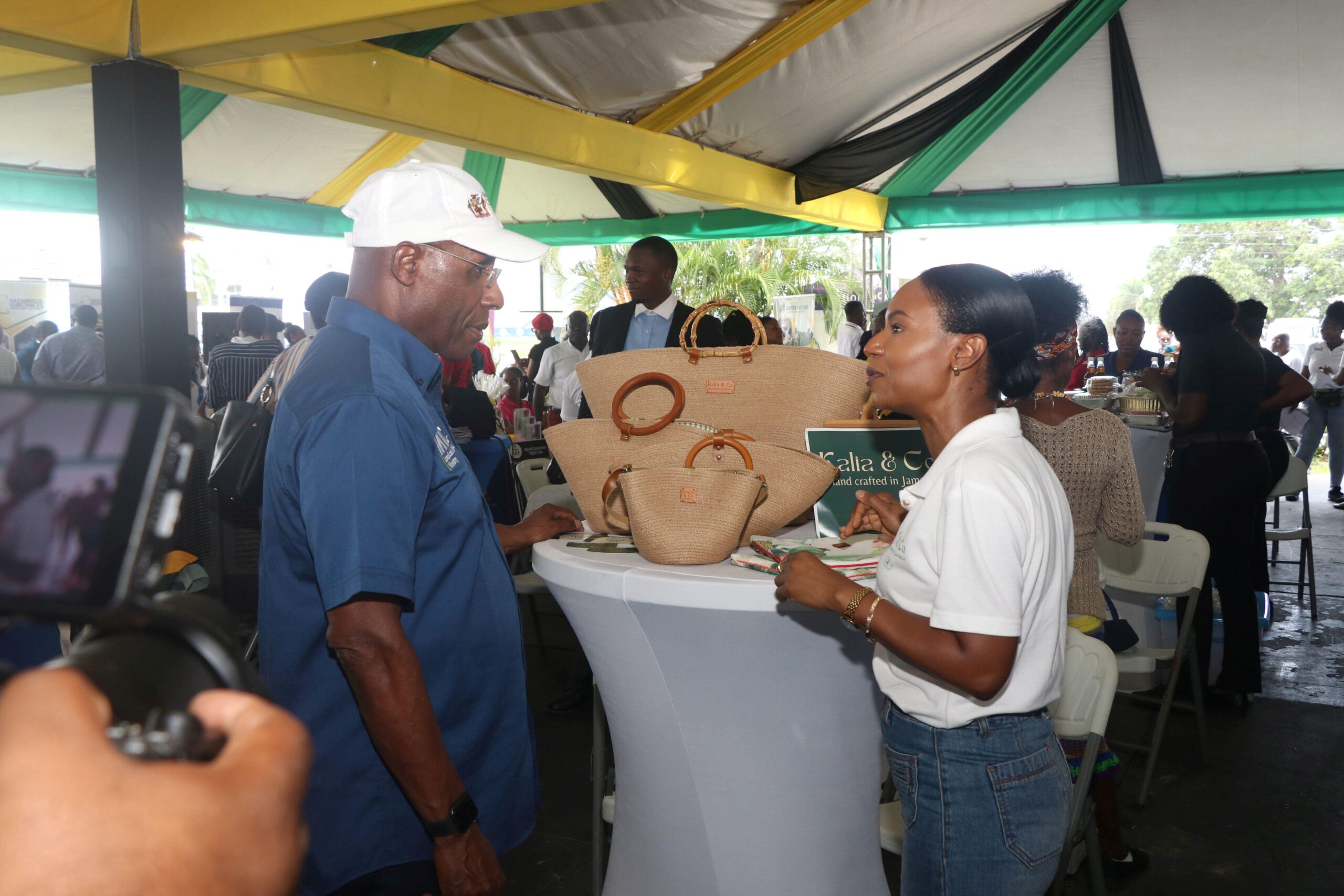Front-of-package labelling a key tool in fighting against NCDs
MIIC Author

Having easy access to information about nutritional facts and ingredients of packaged food items will enable consumers to make healthier food choices and potentially reduce the prevalence of non-communicable diseases (NCDs) and obesity in Jamaica.
One of the tools used to inform consumers about product content is front-of-package labelling (FOPL), which indicates that an item may contain excessive amounts of sugars, total fats, saturated fats, trans fats, and sodium.
Minister of State in the Ministry of Industry, Investment and Commerce, Dr Norman Dunn, pointed out that the Caribbean has a high incidence of NCDs and obesity.
“Therefore, it’s important that governments and our Government in Jamaica, in particular, seek to provide our consumers, in the most appropriate way, information that they can use to make their buying choices much better than it is and, therefore, assist in reducing this great burden of NCDs and obesity that we have,” he said.
NCDs are those diseases that are not transferable by contact but rather developed through family genetics, degenerative changes, or unhealthy lifestyle habits.
These conditions are the leading cause of death, with statistics indicating that an estimated seven out of 10 Jamaicans died from the four major NCDs – cancer, cardiovascular disease, diabetes and chronic lower respiratory disease [Ministry of Health and Wellness 2018].
Beyond the toll on health, NCDs impose a major economic burden, with data from the Ministry of Health suggesting that it will cost the country some $77 billion over the next 15 years to deal with treatment and loss of productivity associated with diabetes and cardiovascular diseases alone.
MODELS USED
The Government recognises the importance of diet in combating NCDs and the role that FOPL can play in assisting consumers to make better food choices.
Dr Dunn noted that, worldwide, several FOPL models are used, namely, the High-In Octagon Model used in South America; the Facts Upfront System, United States of America (USA); the Multiple Traffic Light System, United Kingdom (UK); the Nutri-Score System, the Health Star Rating System, and the Reference Intake System, among others.
“So, these are some of the systems that have been developed across the world to try to assist consumers in handling the decision-making aspect of what it is that they take into their bodies,” Dr Dunn says.
The Government is looking at various models as it moves closer to making FOPL mandatory in Jamaica.
A recent study on FOPL in Jamaica has found that octagonal warning labels perform best in helping local consumers make healthier food choices.
Consumers showed that the octagonal warning labels had the highest chances of correctly identifying when products were excessive in sugars, sodium, or saturated fats, of correctly identifying the least harmful option, and of choosing the least harmful or none of the products more often.
Source: JIS
Recent News
See all news


Posted on 25/06/2025
Jamaica Continues to Modernise Trade Systems
Jamaica continues to make significant strides in enhancing its trade environment under the World Trade Organization (WTO) Trade Facilitation Agreement (TFA), with targeted reforms aimed at strengthening national competitiveness, transparency, and ...

Posted on 20/06/2025
Ministry Launches Programme to Continue Trade Reform Efforts
The Ministry of Industry, Investment and Commerce (MIIC) has officially launched the United Nations Conference on Trade and Development (UNCTAD) Accelerate Trade Facilitation Programme. This is to continue efforts to streamline trade processes and...

Posted on 20/06/2025
MIIC Awards J$3 Million in Grants to MSMEs at Westmoreland Business Roadshow
Westmoreland, Jamaica – June 18, 2025: The Ministry of Industry, Investment and Commerce (MIIC), Jamaica’s Business Ministry, delivered the 8th staging of its flagship MSME Business Roadshow at The Manning’s School in Westmoreland on Wednesday, Ju...









